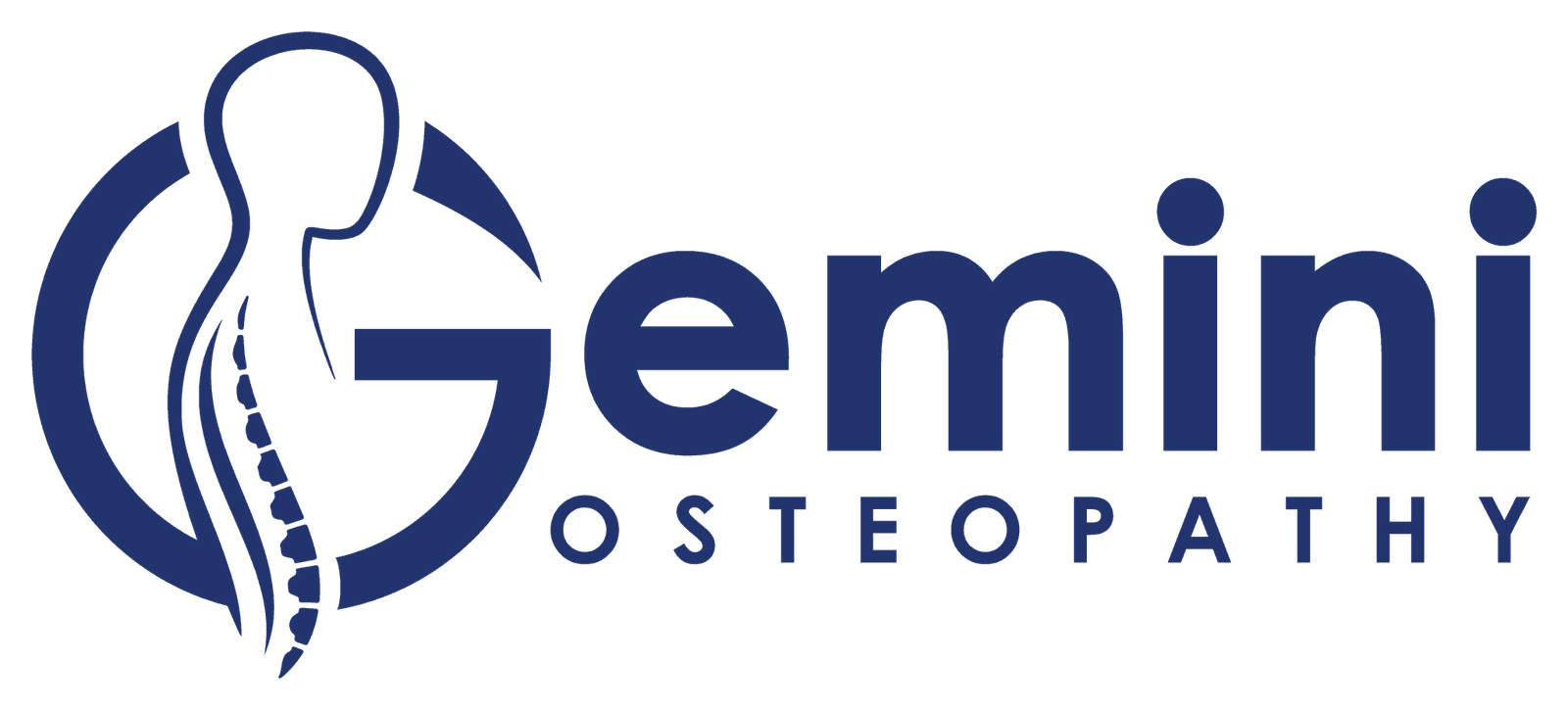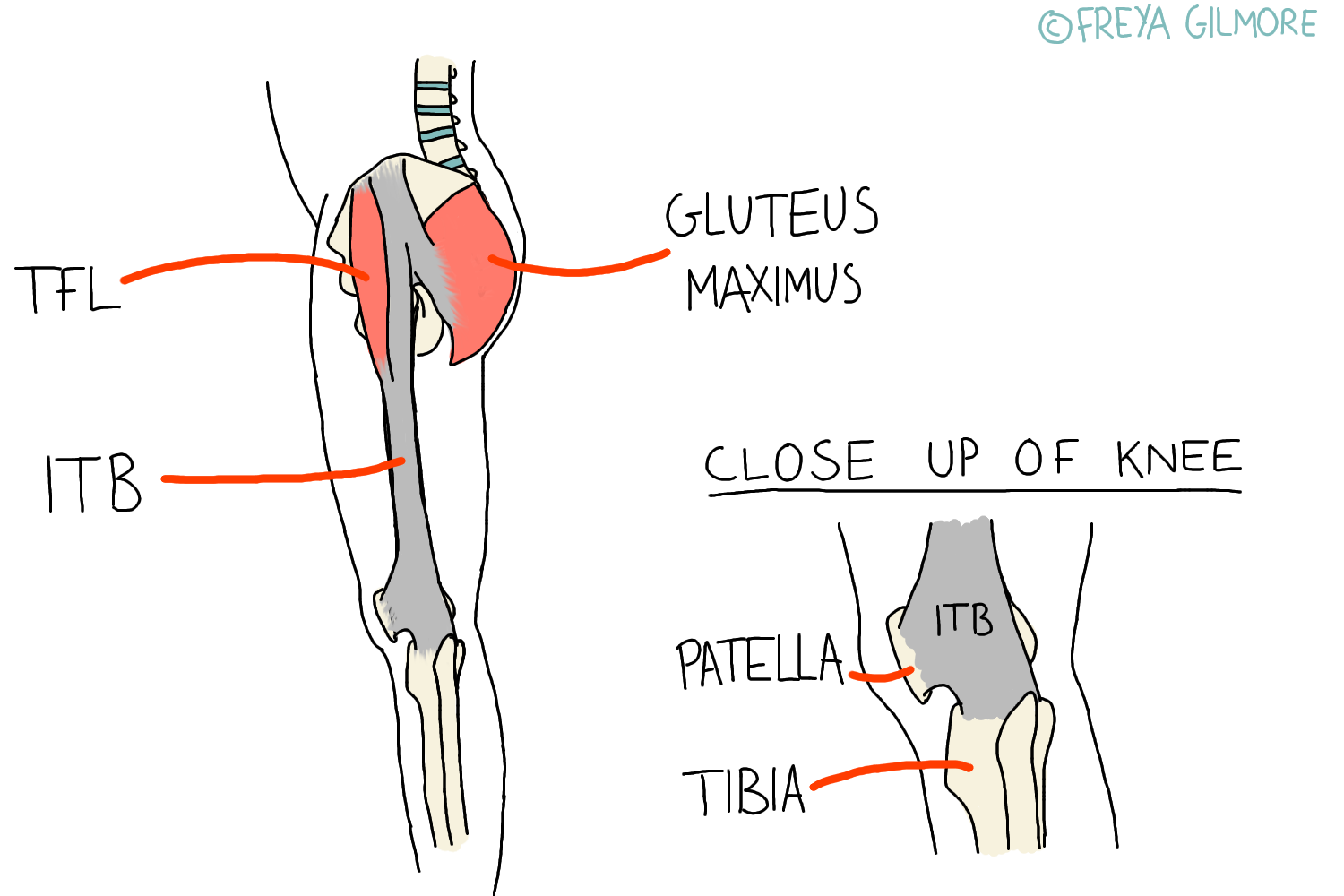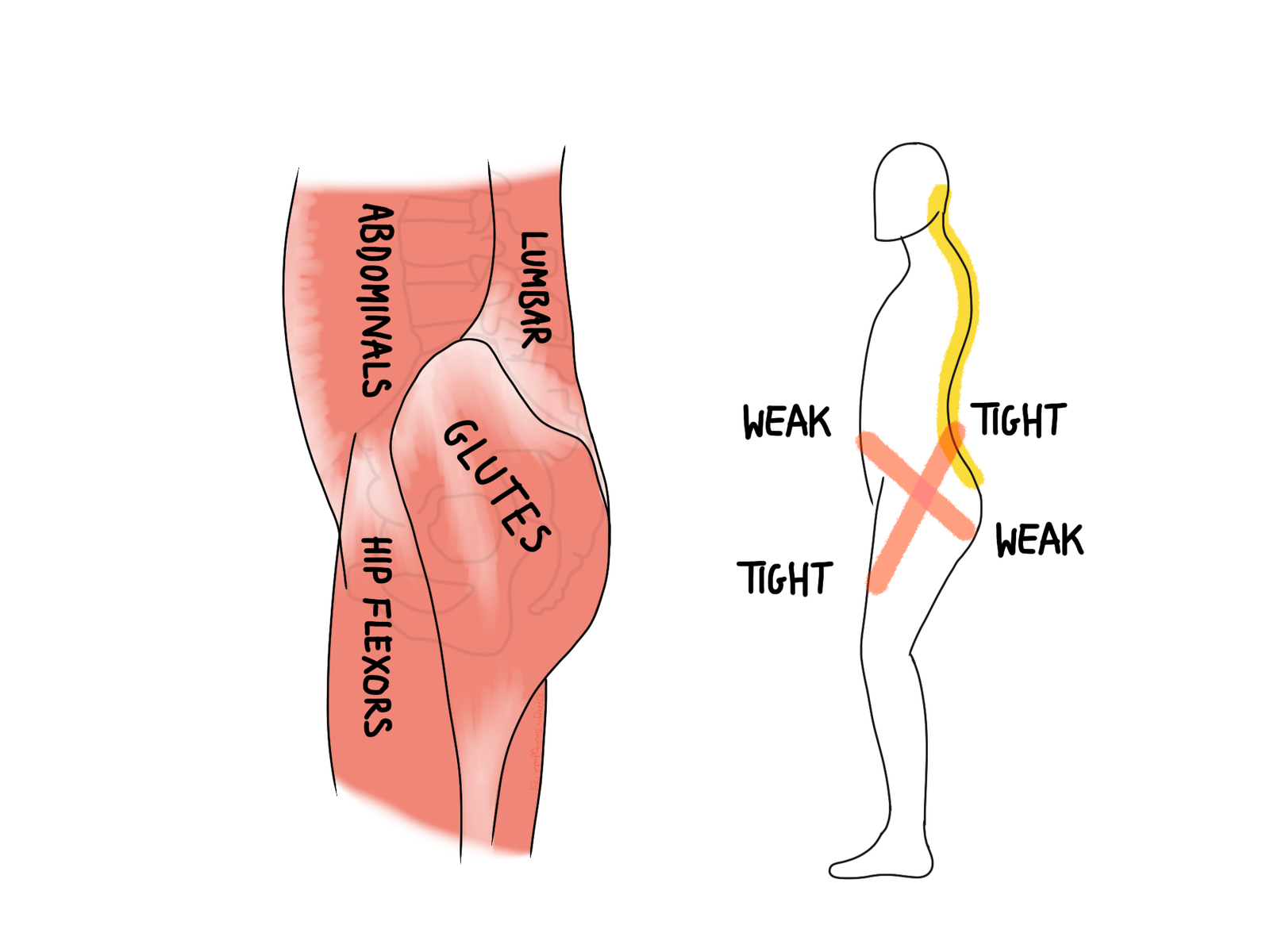The IT band is a band of tissue that runs down the side of the…

Frozen Shoulder
Frozen shoulder syndrome (FSS) is a condition characterised by shoulder pain and loss of movement. Abduction rotation (as shown in the diagram below) are the movements most affected.
What is Frozen Shoulder?
The technical name is “adhesive capsulitits”, literally meaning “stuck and inflamed capsule”. The joint capsule is a fibrous structure that surrounds the joint. It becomes inflamed and thickened in FSS, which limits movement and causes pain. Unfortunately, the exact cause is often unknown. We know that some people are more at risk of developing FSS, such as people with diabetes, Parkinson’s, heart disease or thyroid issues. Frozen shoulder is also more likely to develop after trauma or immobilisation to the area. However, for some people it seems to come out of nowhere.
Prognosis
In keeping with the name, frozen shoulder is broken into three stages. The freezing stage refers to the onset of pain and stiffness and its progression. This is typically the shortest stage, lasting up to nine months. Once the pain hits a plateau, we enter the frozen stage. This can last up to 20 months. As symptoms begin to recede, we have the thawing stage, which can take two years to fully resolve.
All three of these stages may be shortened with manual therapies like osteopathy.
Osteopathy and Frozen Shoulder
Firstly, your osteopath may refer you for investigation to ensure that you truly do have FSS. As the condition takes so long to progress and resolve, it is important to be sure that we are treating the right thing. Having your case noted with your GP can be useful if medication may be helpful further down the line.
Osteopathic treatment itself may involve massage and exercises for the muscles around the shoulder. By keeping the muscles as happy as possible, we take out one more factor that might keep the shoulder stiff. Relaxing the muscles can provide some relief in general too. Your osteopath will also want to work on the joints of the shoulder and other areas. Encouraging movement in the shoulder itself is important, but we also want to reduce compensation elsewhere. It is not unusual to develop a second case of FSS in the opposite arm in the months and years after recovering from the first episode. This pattern may be due to the previously unaffected shoulder working harder.
In order to maintain progress made during treatments, you may be given exercises to do at home.
It’s also important to address adaptations. Of course, with one arm painful and limited, the other arm will work harder. But this might be why it’s common to develop frozen shoulder in the other arm as the other heals. Your osteopath can help keep the rest of your body working as efficiently as possible while simultaneously treating the symptomatic arm.
Book an appointment online now for treatment of your frozen shoulder.




